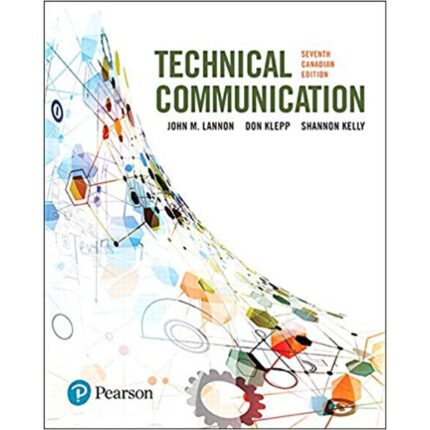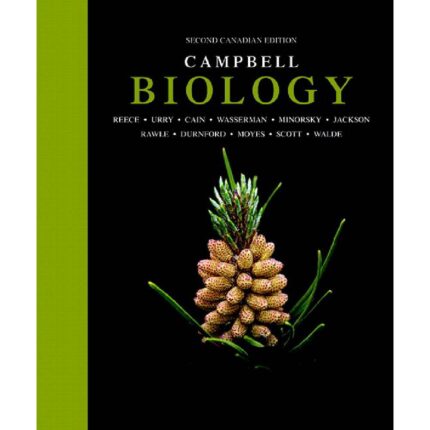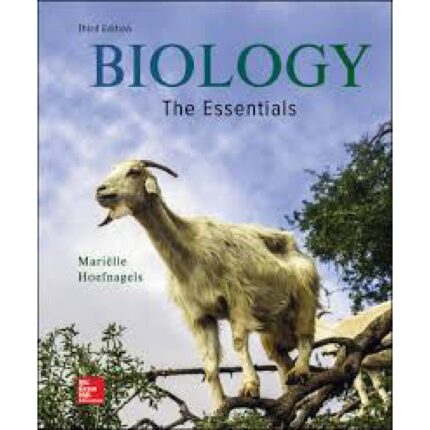Chapter 11
Eukaryotic Gene Regulation
Multiple Choice Questions
- Transcription in prokaryotes and eukaryotes is similar in that
A.transcriptional machinery controls compaction and decompaction of chromatin.
B. the mRNA produced can undergo alternative splicing.
C. both prokaryotic and eukaryotic proteins have identical affinities for DNA.
D. both are contained within the cell nucleus.
E. both are regulated by attachment of proteins to DNA adjacent to the gene being transcribed.
Blooms: Understand
Difficulty: Easy
Learning Objective: 11-01 Distinguish between the functions and chromosomal positions of promoters and enhancers.
Topic: 11-01 Overview of Eukaryotic Gene Regulation
- A regulatory protein that prevents transcription initiation not by recruiting corepressor but instead by interfering with the function of activators is called ______.
A.indirect repressor
B. direct repressor
C. mediator
D. basal factor
E. Negative regulator
Blooms: Remember
Difficulty: Easy
Learning Objective: 11-03 Diagram and explain the roles of transcription factors (e.g., basal factors, activators, and repressors) in the regulation of eukaryotic gene expression.
Topic: 11-04 Proteins act in trans to control transcription initiation
- An initiation box contains which of the following pairs of bases?
A.A & T
B. C & G
C. A & C
D. A & G
E. U & T
Blooms: Remember
Difficulty: Easy
Learning Objective: 11-01 Distinguish between the functions and chromosomal positions of promoters and enhancers.
Topic: 11-03 Promoters and enhancers are the major cis-acting regulatory elements
- Which of the following receptor transcription factors is an example of allostery in eukaryotes?
A.peptide
B. steroid hormone
C. polypeptide
D. Gs protein
E. Gq protein
Blooms: Understand
Difficulty: Easy
Learning Objective: 11-02 Design experiments that can identify cis-acting regulatory elements and trans-acting transcription factors.
Topic: 11-05 Enhancers integrate cellular information to control gene transcription
- Which of the following can recruit histone modifying enzymes to DNA resulting in heterochromatin formation?
A.miRNA
B. siRNA
C. piRNA
D. microRNA
E. macroRNA
Blooms: Understand
Difficulty: Easy
Learning Objective: 11-07 Explain how RNA splicing, small regulatory RNAs, and chemical modification of the gene product can alter gene function.
Topic: 11-16 Small RNAs regulate mRNA stability and translation
- What is the name of the protein that insulators bind to?
A.TATA
B. initiator
C. CTCF
D. sxl
E. Poly A tail
Blooms: Remember
Difficulty: Easy
Learning Objective: 11-07 Explain how RNA splicing, small regulatory RNAs, and chemical modification of the gene product can alter gene function.
Topic: 11-06 Insulators organize DNA to control enhancer/promoter interactions
- DNA methylation require which of the following enzymes?
A.DNase
B. Transferase
C. Ligase
D. Polymerase BII
E. Polymerase I
Blooms: Understand
Difficulty: Medium
Learning Objective: 11-04 Compare and contrast the epigenetic mechanisms that result in gene silencing or activation.
Topic: 11-11 Methylation of DNA can also control transcription
- The proteins that open local chromatin structure to allow gene transcription are called ______.
A.coactivators
B. repressors
C. heterodimers
D. enhancers
E. Negative regulators
Blooms: Remember
Difficulty: Easy
Learning Objective: 11-03 Diagram and explain the roles of transcription factors (e.g., basal factors, activators, and repressors) in the regulation of eukaryotic gene expression.
Topic: 11-04 Proteins act in trans to control transcription initiation
- Heterochromatic regions are characterized by methylation on a ______ amino acid in histone ______.
A.Tryptophan, H4
B. Lysine, H3
C. Methionine, H2A
D. Tryptophan, H3
E. Methionine, H4
Blooms: Understand
Difficulty: Easy
Learning Objective: 11-04 Compare and contrast the epigenetic mechanisms that result in gene silencing or activation.
Topic: 11-10 The remodelling of chromatin mediates activation of transportation
- Zinc-finger peptide motifs are responsible for what aspect of protein function?
A.kinase activity
B. DNA binding
C. mRNA splicing
D. DNA replication
E. methylation













Reviews
There are no reviews yet.